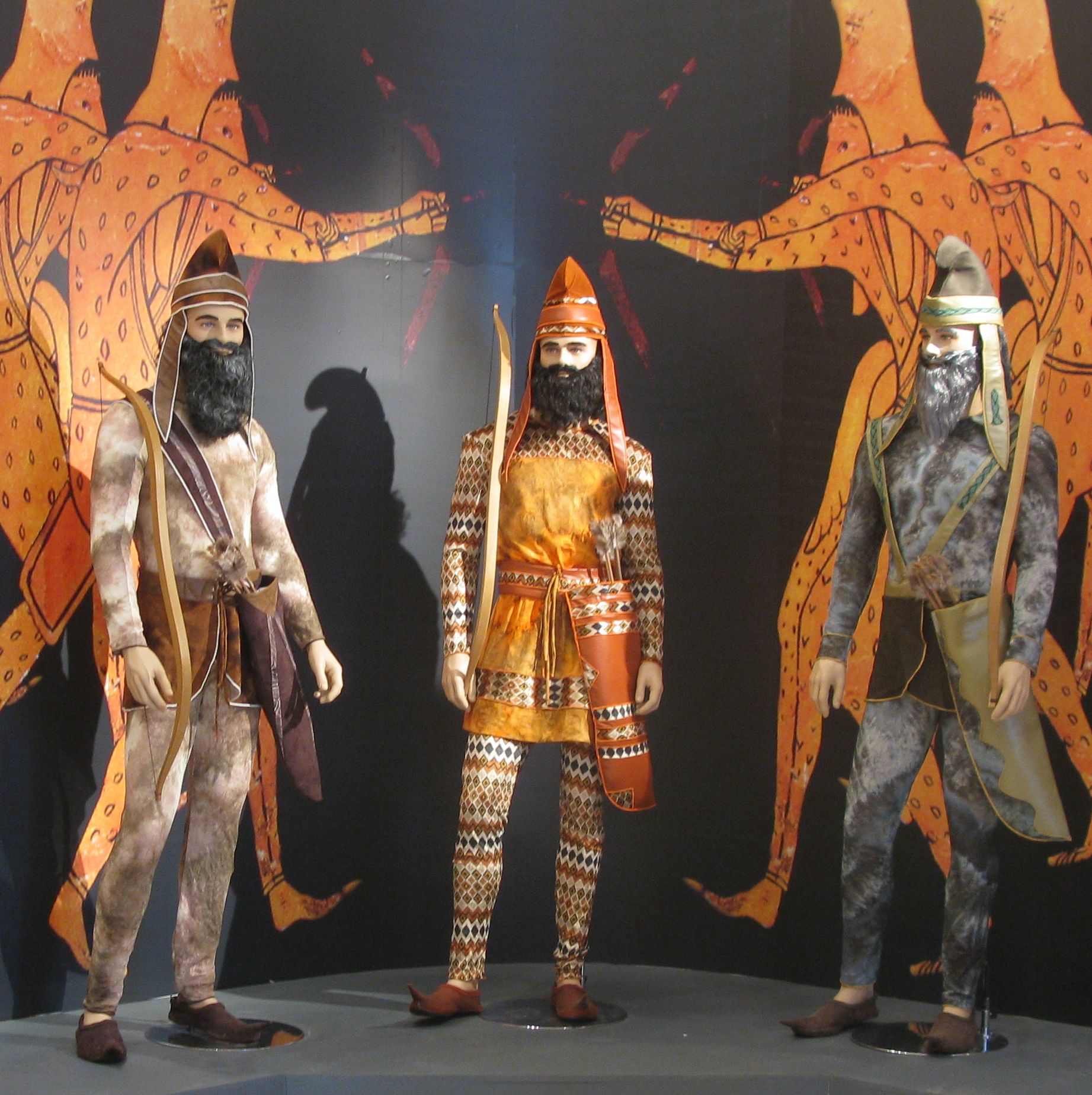The article “Master Archers” below written by Ḏḥwty was originally posted on the Ancient Origins website on September 18, 2015.
=======================================================
In the ancient Near East, archery became the predominant means of launching sharp projectiles, replacing spear-throwing. The history of archery, however, may have originated further down south during the Upper Paleolithic period. In South Africa, stone points thought to be arrow heads were discovered by archaeologists dating back 64,000 years old, and are believed to be the earliest evidence of the use of the bow and arrow. Apart from hunting animals for survival, human beings came to use the bow and arrow for a more destructive purpose – warfare. In the history of warfare, warriors of various cultures were renowned for their skill in using the bow and arrow. Of particular note were the soldiers of the Achaemenid Empire. Also known as the first Persian Empire (550 BC – 330 BC), the Achaemenid dynasty was known for its elite force of warriors named by Herodotus – ‘The Immortals’.
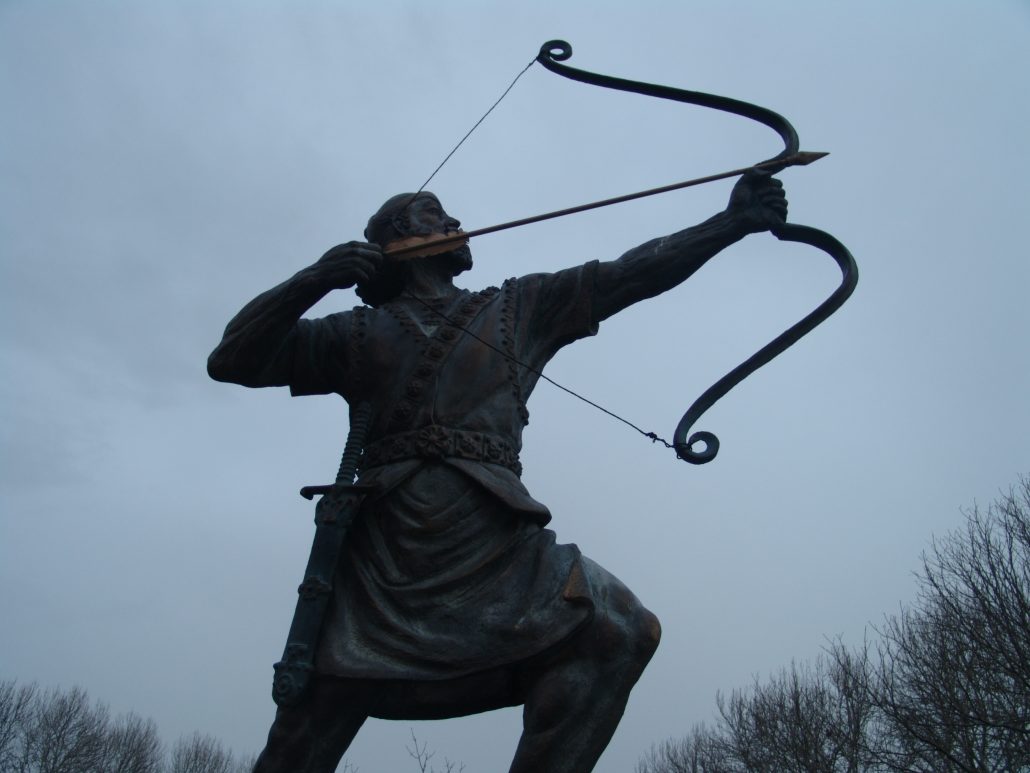
تندیس آرش کمانگیر در مجموعه سعدآباد تهران – Statue of Arash Kamangir (Arash the Archer/Arash who grasps the bow) at Saadabad Palace in Tehran (Source: Drafsh Kaviani The Powerful Achaemenid Composite Bow The bow used by the archers of the Achaemenid Empire is known as the composite bow. It is said that this weapon was developed by Central Asian nomads during the 2nd millennium BC. The body of this bow was constructed using horn and wood laminated together using animal resin. When the resin dried, a bond would have been formed between the horn and the wood, thus giving the body of the bow enough strength to withstand the immense pressures placed on it when the bow was drawn. To provide the bow with explosive power, sinews from animal tendons were then laminated to the outside face of the bow. It has been speculated that the construction of the composite bow might have taken up to 18 months to complete, and the end product was an immensely powerful weapon. Early Training Makes a Strong Archer In addition to such a deadly weapon, the Achaemenids were said to have been trained in archery from a very young age. Regarding the education of Persian boys, the Greek historian, Herodotus, has this to say: “Their sons are educated from the time they are five years old until they are twenty, but they study only three things: horsemanship, archery, and honesty.” From this statement, it may be said that archery was one of the skills most highly valued by the Persians of the Achaemenid Empire. Exhibit of Achaemenid archers (Image Source: Ancient Origins). Master archers archers were used extensively by the Achaemenid armies. During battles fought by the Achaemenids, the archers were one of their first lines of attack. They would line up, take cover behind the shield bearers, and release volley upon volley of arrows against their enemies. An anecdote provided by Herodotus about the Battle of Thermopylae serves to illustrate this point: “Before battle was joined, they say that someone from Trachis warned him [Dianeces] how many Persians there were by saying that when they fired their bows, they hid the sun with the mass of arrows. Dianeces, so the story goes, was so dismissive of the Persian numbers that he calmly replied, ‘All to the good, my friend from Trachis. If the Persians hide the sun, the battle will be in shade rather than sunlight.’” Painting made in 1814 by French painter Jacques-Louis David (1748-1825) of Leonidas at the Battle of Thermopylae (480 BCE) currently housed at the Musée du Louvre in Paris (Image Source: Ancient Origins). This description suggests that the Achaemenid archers were firing from a long range with a high trajectory. Despite the volume of their projectiles, these archers seemed to have had little effect on the defending Spartans. This may be due to the fact that the Spartans were heavily armored. Although modern tests have shown that arrows released from a composite bow could pierce several layers of chain-mail at ranges up to 180 m (590.6 feet), the Achaemenids were using lightweight arrows. These may not have had the force required to penetrate the shields or cuirasses of the Spartans. Additionally, the Spartans, who were highly trained and disciplined, were able to maintain a tight stationary formation, thus allowing them to withstand the volleys of Achaemenid arrows at the Battle of Thermopylae. Furthermore, by firing their arrows from a long distance, the Achaemenids were reducing the effectiveness of their weapon. Nevertheless, the battle ended in defeat for the Greeks, who were vastly outnumbered by the invading Persians under King Xerxes. It has been pointed out that when the Achaemenids formed up closer to the Spartan lines, their archers seemed to have been more effective. One such battle was the Battle of Plataea. According to Herodotus’ account, “They [the Lacedaemonians (Spartans) and Tegeans] proceeded to perform sacrifices, since they were about to join battle with Mardonius and as much of his army as was there, but the omens were unfavorable, and many of their men fell, with many more wounded, while the sacrifices were taking place, because the Persians formed their wickerwork shields into a barricade and continuously rained arrows down on the Greeks.” An illustration from the 1854 text “History of Greece and Rome, including Judea, Egypt, and Carthage” (John Russell, page 82) depicting the Battle of Platea (479 BCE) (Image Source: Ancient Origins). Despite their Talented Archers the Achaemenids Lost… Despite the effectiveness of their archers, the Battle of Plataea was eventually won by the Greeks. Additionally, history has shown that in the end, the Achaemenids were unable to add the Greek mainland into their empire. Thus, the Greek playwright, Aeschylus, could have written in The Persians: Wo, wo is me! Then has the iron storm, References Potter, R., & Landes, W.A (trans.), 1998. Aeschylus’ The Persians. Players Press. Potter, R., (trans.), 1833. Aeschylus’ The Persians. Gill, V., 2010. Oldest evidence of arrows found, BBC News. Waterfield, R. (trans.), 1998. Herodotus’ The Histories. Oxford University Press. Legends and Chronicles, 2015. Persian Warriors. The Circle of Ancient Iranian Studies, 2015. An Introduction to the Achaemenid Military Equipments. www.military-history.org, 2015. Iranian Archer – Soldier Profile.
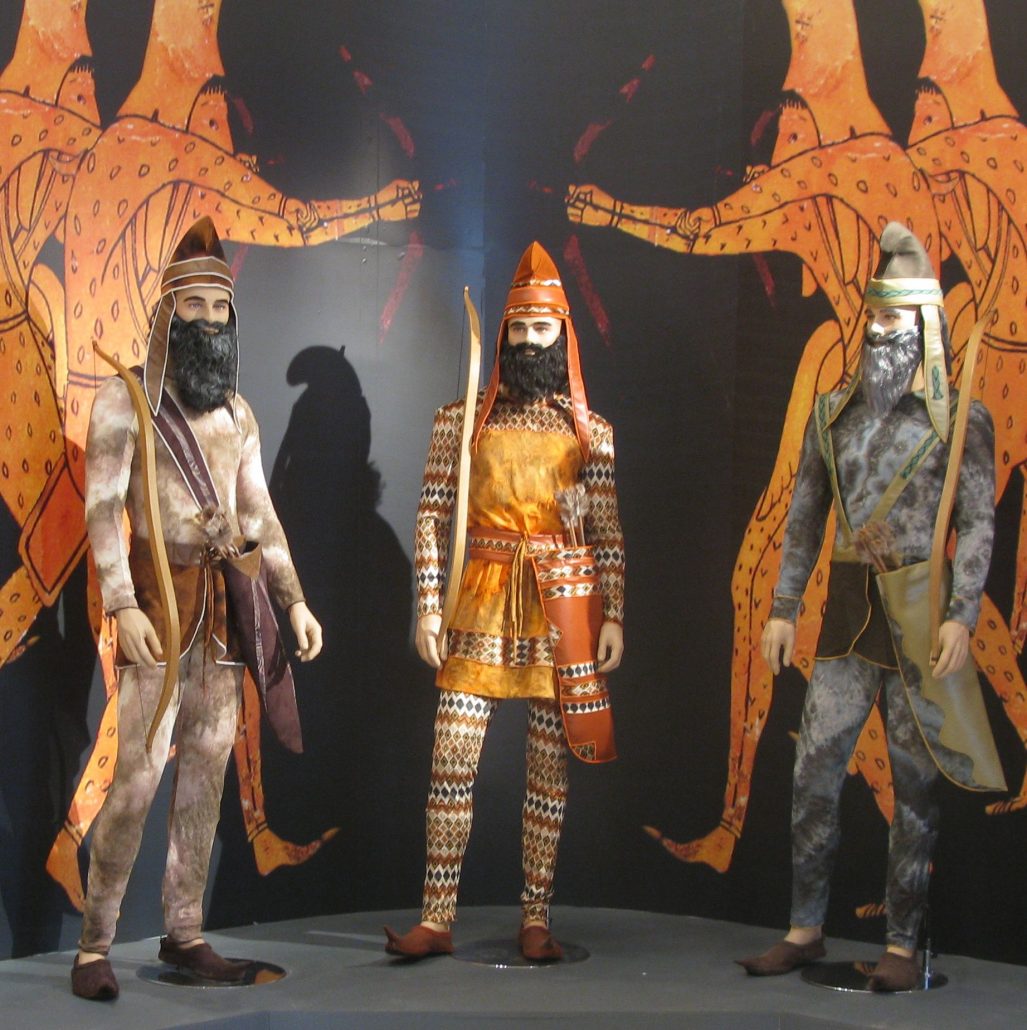
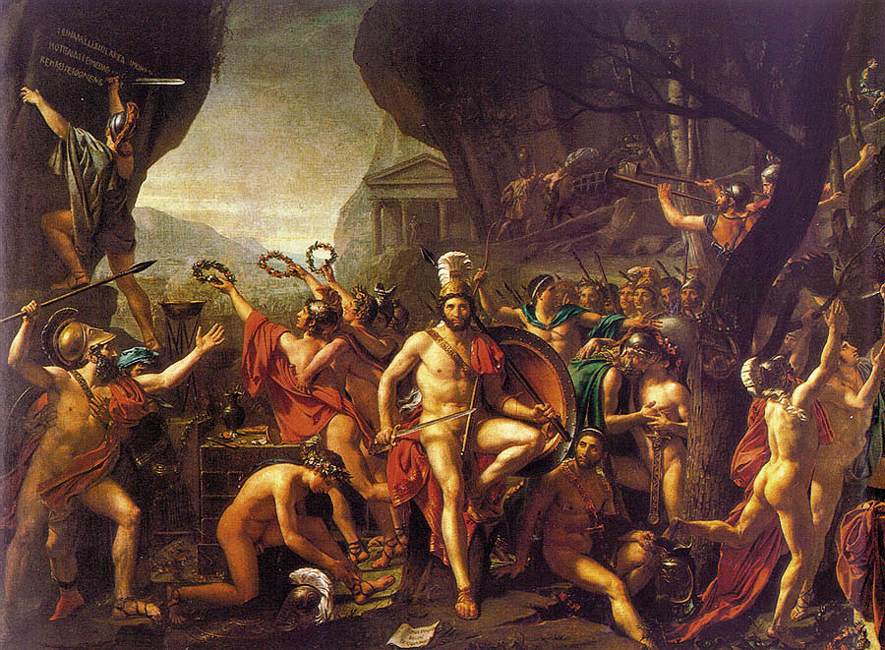
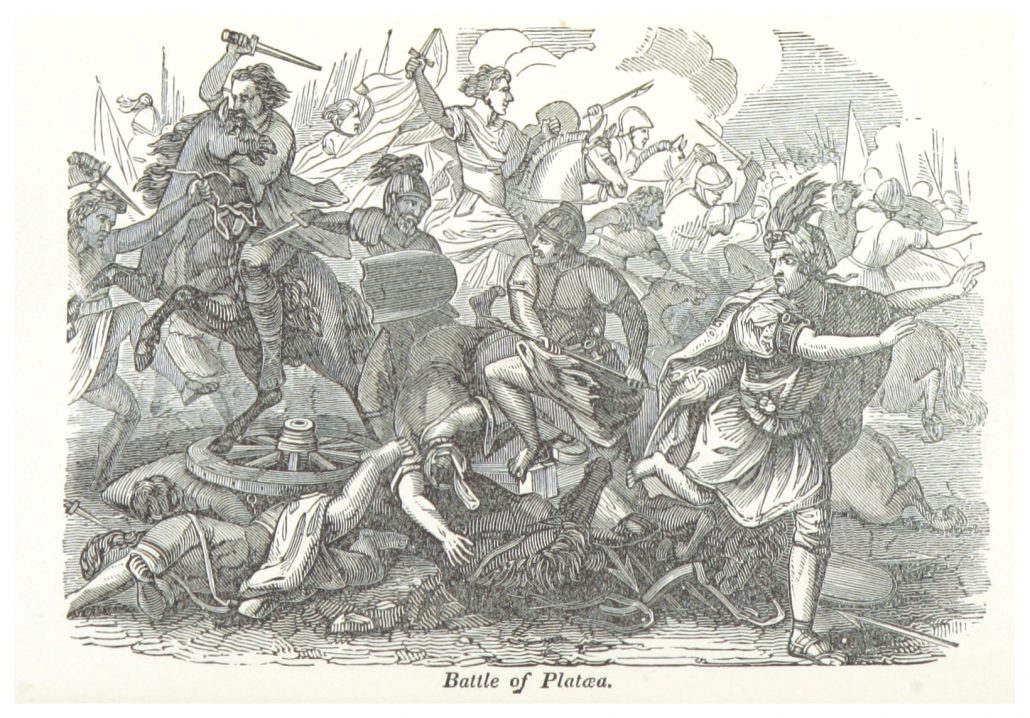
That darken’d from the realms of Asia, pour’d
In vain its arrowy shower on sacred Greece.

